Putting the muscle back into your Business Receivables Management
November 14, 2018If your team is still doing proverbial mental push-ups to control credit, chances are they're working up an unnecessary sweat. The tools and technologies used in Accounts Receivables Management today are powered by advanced software. While a BPO team must be highly skilled in the art of customer interaction, the process itself needs to be tech-driven, streamlined, and professional—especially in a high-volume environment.t
Receivables Management in 2018 and beyond is measured, automated, analysed, and dynamically managed. “Finance Directors, CFOs and executives who oversee credit management with a strategic eye are increasingly looking for best-practice solutions to ongoing credit control issues,” says Russell Milella, Head of Nimble’s BPO. Leaders want visibility into how credit controllers communicate with customers, confidence that credit policies are being applied consistently, and assurance that the team is working on receivables accounts that matter most to the business.
Talking Numbers
“We work in a numbers-based environment, and the statistics from businesses using Receivables Management software show clear improvements at all levels,” says Milella. According to Paystream Advisors (USA), companies using sophisticated Receivables Management software experience:
- Reduction in time spent preparing for calls: 15% → 6%
- Increase in time spent soliciting payments: 20% → 62%
- Reduction in time spent managing disputes: 40% → 13%
CFOs often face a lack of tools. Traditional accounting systems record the past, but do little to help plan workflows, prioritise customers, or manage staff. In high-volume environments, adding more people to an underperforming book usually only worsens the problem.
A Smarter BPO Model
Nimble tailors its outsourced services to suit each client. “Outsourced doesn’t necessarily mean moving your entire credit control department,” Milella explains. “Many financial managers prefer to keep Receivables Management in-house, so our Nimble resources can work onsite as part of your team.” Alternatively, clients can leverage Nimble’s Johannesburg operations centre, where dedicated specialists represent your business with full brand respect. With voice analytics capturing and analysing every conversation, misrepresentation becomes impossible—100% reality, 100% of the time.
The Bottom Line
Do you ever worry that:
- credit controllers focus on “easy” customers instead of difficult ones?
- sales team influence leads to preferential treatment for certain accounts??
- disputes aren’t being resolved efficiently?
With modern Receivables Management technology, these concerns disappear. Your receivables book is your bottom line.
Advantages of Strong Receivables Management - Shortens the Order-to-Cash Cycle
- After the accounting system generates an invoice, receivables software automatically sends it to customers.
- Savings include: paper, toner, envelopes, postage, admin time, and lost productivity.
Prioritise and Route Work Smartly
- Workflow tools identify which accounts require urgent contact and which can wait.
- Controllers no longer choose accounts based on comfort — the system pushes the right ones to them.
- Automated follow-ups via email and SMS reduce manual workload.
Quality Control
- Call recording is essential to ensure compliance with policy and process.
- Automated quality assurance ensures 100% coverage, replacing outdated random sampling.
- Advanced analytics detect required phrases, tone, and process adherence — enhancing both compliance and customer experience.
Managing Credit Risk - Information from credit bureaus helps assess risk for both new and existing customers. Data is used to:
- build customised credit scoring formulas
- segment customers by risk
- identify red flags such as broken promises, delayed payments, or recurring disputes
- combine multiple sources of data through bespoke systems
